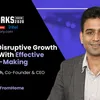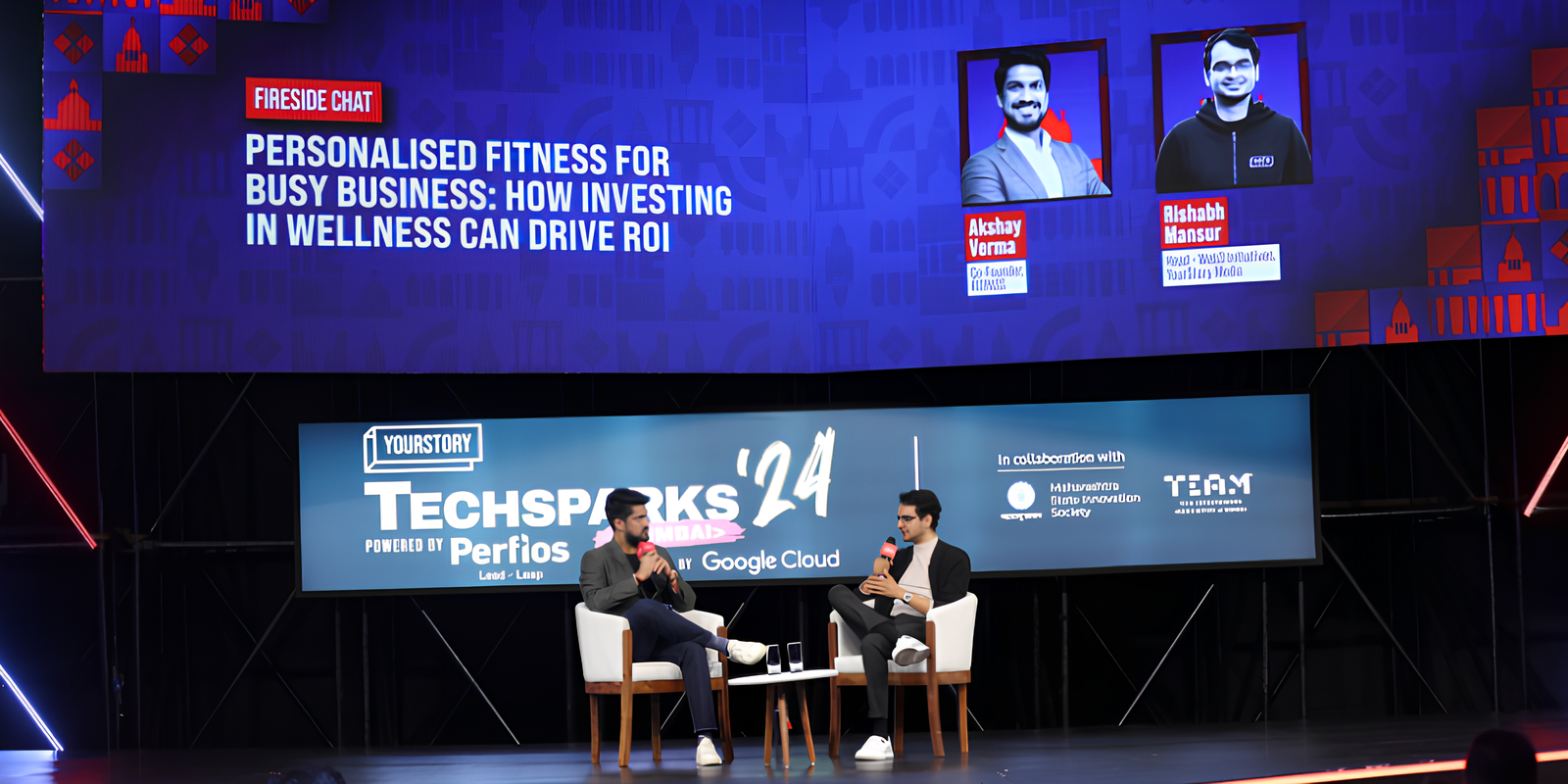[TechSparks 2020] Robust tech and architecture helps Zoom support over 3 trillion meeting minutes in a year
At TechSparks 2020, Abe Smith, Head of International Zoom, spoke about how the video conferencing platform has been able to build for scale.
From meetings to video conferencing and online classes to edtech, Zoom, the San-Francisco based video conferencing platform, has seen phenomenal growth. Its valuation touched $42 billion recently.
The company has seen an accelerated growth during this pandemic. From 10 million (paid and free) daily meeting participants in December 2019 to 300 million daily meeting participants in April this year.
Apart from this, Zoom is offering a free platform to 25,000 schools across 25 countries, including 2,400 in India, and removed the 40-minute time limit from its free and basic accounts. It also recently announced the launch of a tech centre in Bengaluru.
In a virtual fireside chat at TechSparks 2020, Abe Smith, Head of International Zoom, spoke about how the video conferencing platform is innovating and growing at scale.
Abe is known for building high-growth global teams at Cisco and Oracle. He has over two decades of experience in SaaS, including over eight years of leadership experience at WebEx, where he was responsible for pioneering the web-conferencing category across different markets.
At Zoom, he is focused on bringing revenue growth and accelerating its presence outside the US and Canada. Abe explained how Zoom was able to scale easily during the pandemic.

Distributed architecture with a focus on scale
“Today, the pace of usage is increasing at three trillion meeting minutes annualised (based on September 2020 run rate). This means, there is a lot of consumption. What helped is we built for scale. The software, from day one, was designed to support global meetings with high video and quality for multiple uses,” said Abe.
This was possible basis the distributed architecture. Abe added that Zoom owns and manages its own data centres, this means, there are over 19 data centres across the globe that are designed for capacity and meeting performance.
“There are two data centres in India - Hyderabad and Mumbai. We had partners like Tata, AWS, and Oracle that allowed us to expand our capacity,” explained Abe. Zoom also looks closely at multi-media routing and multi-iterated coding. This means the software adapts.
“If you have low bandwidth, the software allows you to connect by device and helps manage performance variance,” said Abe. The core architecture is driven through data centres, and advanced software that adapts in real-time helped the team scale.
Data privacy with diversity
Apart from allowing meetings and video conferencing, what has helped is also the fact that Zoom brings in a diversity of support. One big sector being education. Currently, there are over 125,000 schools across the globe that rely on Zoom.
“What helps is being sensitive to local compliance requirements, we work according to the constructs of the local rules, regulations, and practices. There is also a strong focus on privacy. We don’t sell data, the only information we use is the information that is pertinent to the meeting,” added Abe.
However, in the early days of the pandemic, Zoom ran into trouble when cyber risk assessment firm Cyble discovered that over 500,000 Zoom accounts were being sold on the dark web. Zoom CEO Eric Yuan immediately addressed the issue and commented in a blog post on the many measures the team had taken to solve the problem.
Adding to this, Abe said - “We had a 90-day period focused on security. We froze all other engineering development and focused on features that enhanced security development. We had over 100 features introduced in that 90-day period that just ensure enhanced security. We also forced passwords as an important feature.”
This also included hiring third-party consultants, senior security members, and a team that solely focused on building a robust and secure system. This process included acquiring startups.
“With the acquisition of Q-Base, we have now launched end-to-end encryption, which is relatively new to the market,” said Abe.
Stay committed to the fundamentals
“Every meeting has to work, the quality has to be high, and we have to deliver happiness. We do this across over three trillion meeting minutes in a year (based on September 2020 run rate). It is important to stay true to the core and quality,” added Abe.
This also means you need to think about how to make the meetings more powerful, fun, interactive, or use advanced virtual backgrounds. What are the better ways to keep the consumer engaged?
Abe added that there is also a need to think forward on how Zoom will help when people will re-enter the office. People want to come into a secure environment, can there be a virtual assistant, can there be digital signages and other features that can make the meeting experience safe?
Speaking of the shift and what holds in the future, Abe explained, “We are moving into a hybrid world where there will be a mix of the virtual and physical world. What this pandemic has also done is given access to a lot of people. You can access healthcare through telemedicine, access classrooms and education. The infrastructure is slowly catching up. We see India as one of our biggest markets in the space.”
TechSparks - YourStory's annual flagship event - has been India's largest and most important technology, innovation, and entrepreneurship summit for over a decade, bringing together entrepreneurs, policymakers, technologists, investors, mentors, and business leaders for stories, conversations, collaborations, and connections that matter. As TechSparks 2020 goes all virtual and global in its 11th edition, we want to thank you for the tremendous support we've received from all of you throughout our journey and give a huge shoutout to our sponsors of TechSparks 2020.
Edited by Anju Narayanan






![[TechSparks 2020] Robust tech and architecture helps Zoom support over 3 trillion meeting minutes in a year](https://images.yourstory.com/cs/2/a9efa9c02dd911e9adc52d913c55075e/Screenshot2020-10-30at2-1605004421972.png?mode=crop&crop=faces&ar=2:1?width=3840&q=75)







